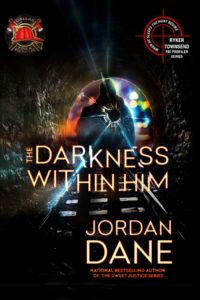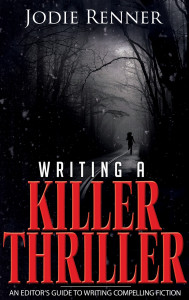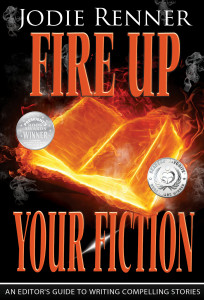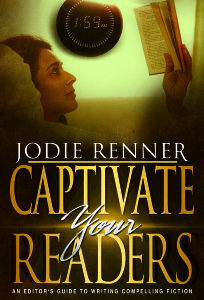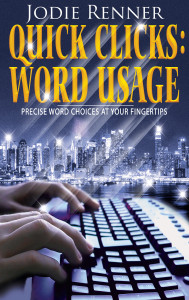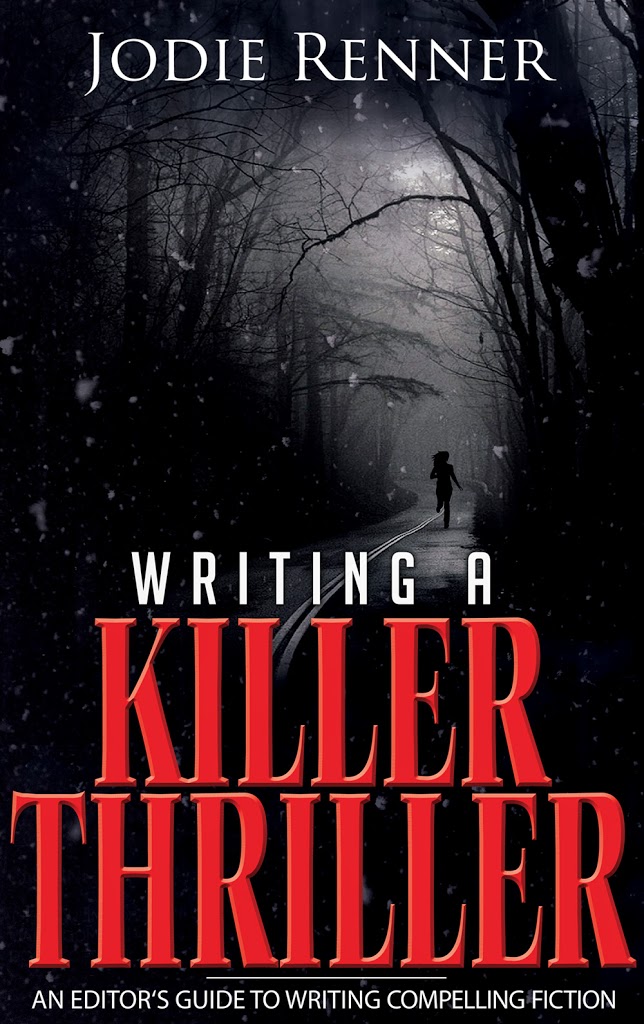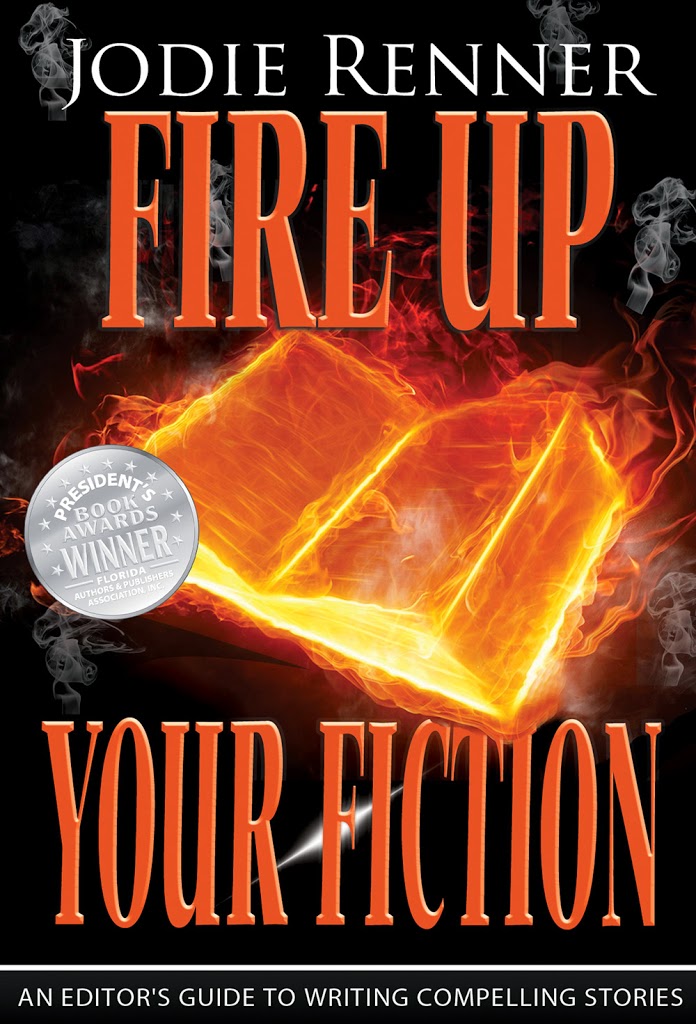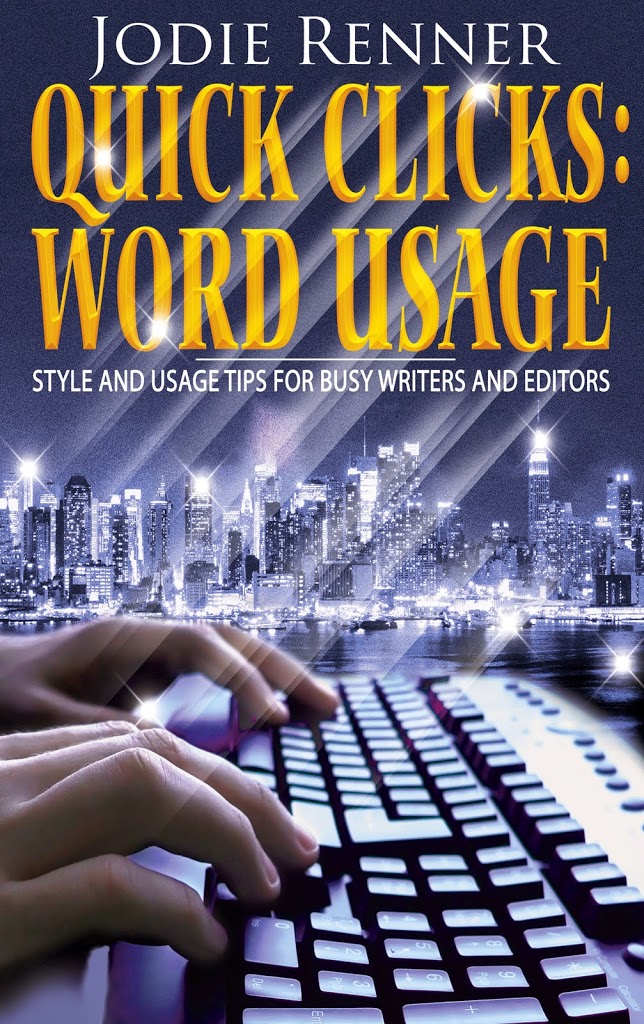Another intrepid author has submitted their 400-word introduction to their work-in-progress for feedback. Please read and enjoy. Provide your constructive criticism in your comments. Thank you, my TKZ family.
***
The simple action of opening a door made Axel Chadwick an accomplice to murder.
The day of the shooting wasn’t supposed to be a normal day, but it didn’t feel like it was going to be a bad one. As usual, his eyes burned from reading a paper on his tablet titled The Further Evidence of Botanic Life Benefits on Astro-based Laboratories nearly too fast to comprehend. Striding through the busiest atrium at Invitron meant he’d bump into someone while trying to avoid someone else, and after planting on a fourteen-year old’s foot and nearly dropping his tablet, he decided to take a different route to his examination room.
Empty, he could sway without worry and delve further into his text. The soft patter of rain against the windows were interrupted by frantic bangs on the door a few feet away. A boy stood outside it. “Oi, let me in! I’m locked out!”
Axel glanced past him to see nothing but dark clouds over the beach through the window before returning back to his text. “Use the fingerprint scanner like you’re supposed to.”
“The rain—it’s short circuited it,” he cried, muffled through the glass. “I’m going to be late to my exam!”
He should have asked his name, what class he was in, which exam he had to take, and who his department head was so he could verify it, because even though no intruder had gotten onto the island before, it was the rules not to let anyone in.
A good question to ask him would have been: why on earth were you out in the pouring rain on the day of your exam instead of preparing. But he didn’t ask anything. Instead, one of his lanky arms propped up his tablet, the other pushed open the door, and his eyes were too buried in his screen to see if the boy was even a student.
The windowed-hallway was far behind him when Autumn caught up, pulling the pegs from her glasses out of her knotted hair. “Ready?”
Axel read the last sentence and then powered down his tablet, pulling its handle out of its top, and carrying it to his side. “Of course. You?”
“As much as I can be.”
***
FEEDBACK
OVERVIEW – This reads as if the story could be ripped from the headlines if the author intends this to be about a school shooting and an unauthorized entry on campus. To pull that off effectively, I would recommend the author stick to the action of the story and avoid diverging into back story or slowing the pace with actions not related to this intrusion. More details below.
FIRST TWO SENTENCES – The first sentence foreshadows what is coming, but it’s a head fake. I believe the author intended to force a compelling first line, but since it’s written in hindsight and quickly shifts into tedious details that slow the pace, it detracts rather than helps the pace and add to the intrigue. That first line might be more compelling if the author had stuck to the action and added that line to a scene ending, when Axel realizes what he’s done.
Any momentum from that first line is quickly diffused by a redirection into the POV of a student reading something on a laptop who reminiscences about the day as if he’s seeing it in hindsight with THIS line – The day of the shooting wasn’t supposed to be a normal day, but it didn’t feel like it was going to be a bad one. This line serves no purpose and is confusing. It should be deleted.
POV – I’m not sure why Axel is chosen as the POV, except that the author has probably given him a starring role as the main protag. I wonder how this intro might read if the POV came from the shooter gaining illegal access to the school, but let’s focus on Axel. If the action started with Axel racing through the school, against a clock, the author could set the stage better by focusing on Axel careening through the corridors, bumping into students and nearly dropping his laptop before he sees the kid pounding at the door in the rain. He knows he shouldn’t open the door (minimize his awareness of rules until later), but he tries to be a good guy and makes the mistake.
Give the shooter distinctive clothes that Axel realizes later is the guy he let into the building. Does the shooting start right away? Does the shooter do anything to let Axel realize he might’ve made a mistake? Does Axel see his face? There needs to be more tension in this gesture of opening a door, rather than Axel “telling” the reader that what he’d done was wrong. Following the action of Axel opening the door, he immediately gets back into his exam as he runs into Autumn. This diverts attention and adds to the slow pace.
STICK WITH THE ACTION – If the intruder to campus is a big deal, the author should focus on it as it happens and as the guy enters the premises. Instead we have Axel and Autumn talking about their test and if they studied enough.
AXEL’s AGE/STUDENT STATUS – I’m assuming that Axel is a student and not a teacher, although that is never really shown. Since Axel shows poor judgment in letting the student in and his mind sounds like the workings of a distracted teenager, but it’s not truly spelled out until he talks to Autumn. That point could be clearer, earlier.
DESCRIPTION OF ACTION – To give the illusion of pace, the author should give a better description of Axel’s scattered race through the halls. The original line below is too long. He’s also “striding” which is calm, but he is only thinking about “bumping into someone while trying to avoid someone else,” an awkward and distant way of describing the action. He comes across as too methodical in his run for his exam room.
BEFORE – Striding through the busiest atrium at Invitron meant he’d bump into someone while trying to avoid someone else, and after planting on a fourteen-year old’s foot and nearly dropping his tablet, he decided to take a different route to his examination room.
AFTER – Axel dodged bodies as he ran through the hectic atrium of Invitron. He careened through the horde of students with sweat running down his temple, Axel had one eye on the obstacles and the other on his open laptop. After he stumbled over a freshman, he nearly dropped his laptop.
“Eyes open, fish.” With his chest heaving, he darted by the bumbling kid without looking back.
Axel kept his eyes glued to the screen, studying with every second he had before his exam started.
CONTROL THE SETTING – Setting can add tension to any scene. In this intro, the author chose a soft patter of rain, against a frantic bang on the door. The sense of urgency is deflated if the rain isn’t a deluge. Since an author controls the setting, make it rain harder, where Axel feels badly for the drenched kid outside. Or have the intruder hold up his computer, saying it will be damaged, so Axel can relate to helping him.
CONTRADICTIONS – In this paragraph below, Axel is asking himself questions on why the kid is out in the “pouring rain” (that was previously described as a soft patter), but then Axel shows no regard as he lets the guy into the building without even looking at him. It’s not consistent if he has all these questions but his actions show indifference. Pick a perspective and do it for the betterment of the story.
EXAMPLE – A good question to ask him would have been: why on earth were you out in the pouring rain on the day of your exam instead of preparing. But he didn’t ask anything. Instead, one of his lanky arms propped up his tablet, the other pushed open the door, and his eyes were too buried in his screen to see if the boy was even a student.
This introduction needs work in order to make it consistent, descriptive with action, and focus on a foreshadowing of things to come. If the author’s intent is to focus on Axel and his studious world, that can be accomplished by endearing him more to the reader, so when a fake student gets him to open a security door, the reader is rooting for him. But the author would need to get deeply into Axel overachieving head and give him some traits we can identify with. Opening a door to a drenched student might be understandable if the proper groundwork is set up. Don’t foreshadow that Axel knew all the rules and still ignored them. Have him be well-meaning and let the action unfold as he is duped. That would be another way to go.
DISCUSSION:
What do you think TKZers? Would you read more? What helpful feedback would you give this author?




